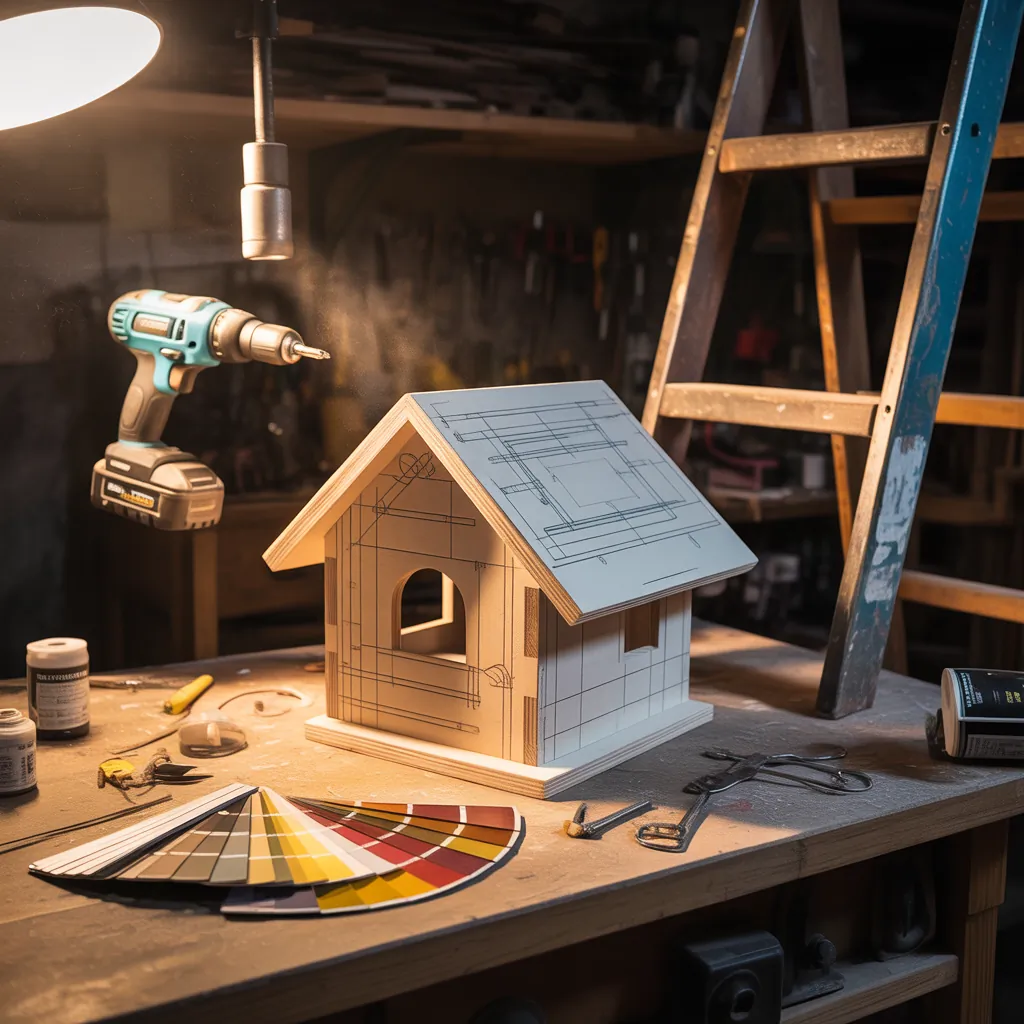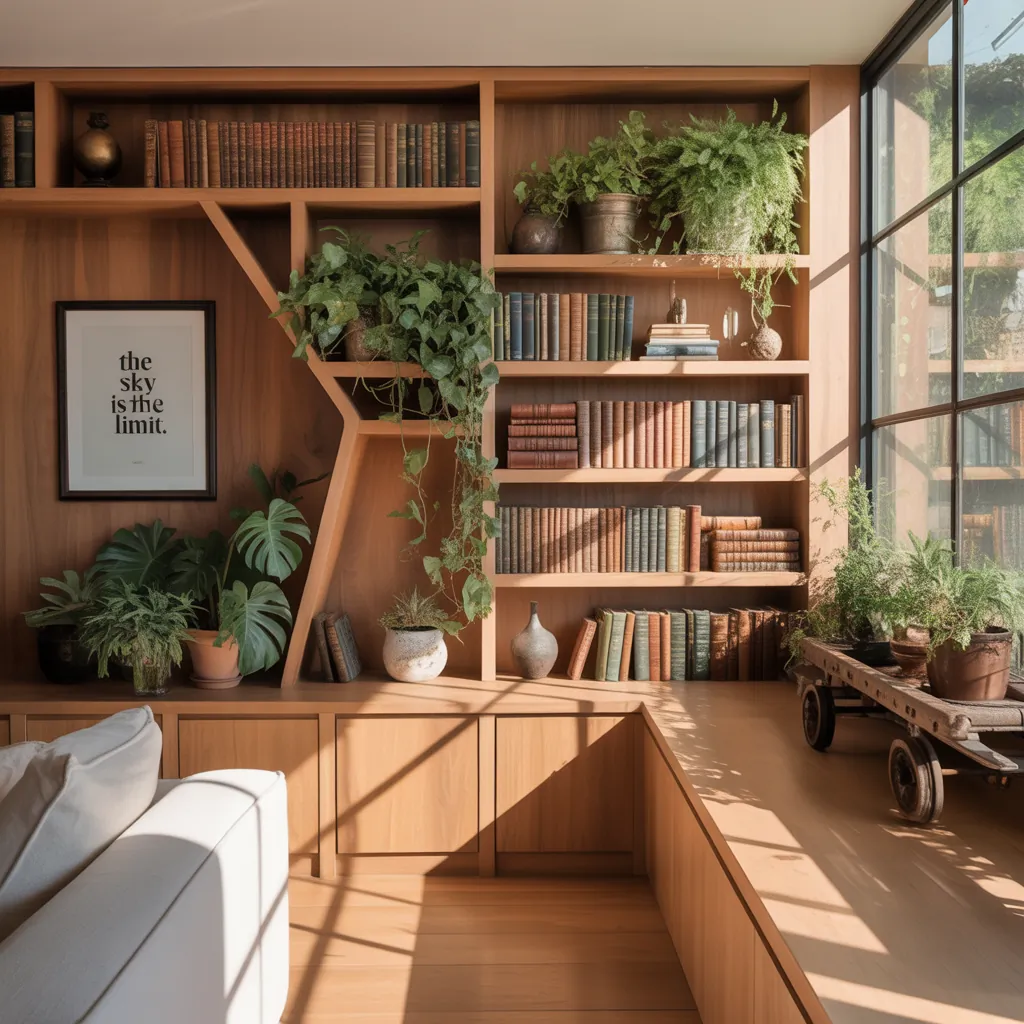Have you ever stood in a spare room and thought, “This place could be amazing — if only it weren’t so dark”? Whether it’s a windowless guest room, a basement nook, or a north-facing study, a dimly lit room quickly becomes underused space. In this article you’ll find practical, budget-friendly ideas dark room owners can apply today to bring light, life, and purpose to gloomy corners of your home.
Why dark rooms feel smaller — and why that’s fixable
Dark rooms appear smaller because shadows reduce perceived depth and contrast. But this is good news: light, color, and reflective surfaces can trick the eye into seeing more space. Below are design strategies and DIY lighting solutions that professional renovators and weekend enthusiasts alike use to convert a dark room into an inviting, functional part of the home.
Quick assessment: What your dark room needs
- Natural light — Is there a window, skylight, or promise of one?
- Room purpose — Office, bedroom, craft room, or storage?
- Existing finishes — Dark floors, heavy curtains, and matte paint absorb light.
- Budget and time — Small upgrades or full redesign?
Top ideas dark room owners should try
Here are tested transformations to try, grouped by impact and effort. Mix and match these for your best result.
1. Paint and color tactics that open up space
- Choose light, warm neutrals like soft ivory, pale greige, or warm white to bounce light.
- Use satin or eggshell finishes on walls to slightly reflect more light than flat paint.
- Create a luminous ceiling by painting it one to two shades brighter than the walls — consider a cool white to mimic natural skylight.
2. Layered lighting: the easiest day-one upgrade
Layering means combining ambient, task, and accent lighting:
- Ambient: central LED fixture, chandelier, or recessed lights with dimmer controls.
- Task: desk lamps, bedside reading lights, or under-cabinet lights for work zones.
- Accent: wall sconces, picture lights, or LED strip lighting to highlight features.
Tip: choose bulbs with 2700–3500K for warm, cozy light and aim for 20–30 lumens per square foot for general lighting, increasing for task areas.
3. Reflective surfaces and smart mirrors
- Strategically place a large mirror opposite a window or light source to double available light.
- Install glossy subway tile on a lower wall or backsplash in a small kitchenette or laundry nook.
- Use furniture with glass or metallic finishes to subtly bounce light around the room.
4. Window and door upgrades to admit more natural light
- Swap heavy drapes for sheer, translucent panels to soften light without blocking it.
- Consider replacing a solid door with a glass-paneled door or adding a transom window.
- If structure allows, a sun tunnel or skylight can change a basement or interior room completely.
5. Functional design: furniture, layout, and storage
- Choose low-profile, light-colored furniture to avoid blocking light pathways.
- Float furniture off walls to allow light to travel behind pieces.
- Use built-in shelving painted the same color as the wall to reduce heavy shadows.
Step-by-step DIY project: Brighten a dark room in 7 steps
- Clear the room: remove bulky furniture and deep-hued décor.
- Paint walls and ceiling with a light, warm neutral (two coats recommended).
- Install a bright overhead fixture or retrofit existing can lights with LED bulbs and a dimmer switch.
- Add two task lights (desk lamp + floor lamp) to reduce shadowed zones.
- Mount a large mirror on the wall opposite the main light source or window.
- Swap heavy curtains for sheer panels or blinds that tilt to reflect light upward.
- Arrange furniture to maintain clear sightlines for light to spread freely.
Materials checklist: paint, LED bulbs, dimmer switch, mirror, sheer curtains, basic tools (paint rollers, screwdriver, ladder).
Design inspiration: making a dark room feel intentional
Think of a dark room as a blank canvas for mood-driven design:
- Create a cozy reading nook: built-in bench with pale cushions, adjustable wall lamp, and floating shelves.
- Home office idea: glass desk, pale rug, layered lighting, and a glossy white filing cabinet to keep things bright.
- Guest bedroom: bright bedding, light-tone headboard, translucent curtains, and a brass sconce for evening ambiance.
Practical tips from pros
- Use smart bulbs to experiment with color temperature and brightness without rewiring.
- When in doubt, declutter — less visual weight equals a lighter-feeling room.
- Test paint colors in different lighting conditions, including evening, to avoid regret purchases.
- Combine multiple small changes; often a few inexpensive tweaks outperform a single large upgrade.
Frequently Asked Questions
Q: How can I make a dark room brighter without adding windows?
A: Focus on paint, lighting, and reflective surfaces. Use light-colored paint with a slight sheen, install layered lighting (ambient, task, accent), add mirrors to bounce light, and choose furniture with lighter finishes. Sun tunnels or transom windows are structural options but not always necessary.
Q: What paint colors work best in a dark room?
A: Warm neutrals and pale tones—ivory, soft greige, warm whites, and pastel shades—help bounce light. Avoid deep, saturated hues unless you want a dramatic, cozy feel; if you do, balance with ample lighting and reflective accents.
Q: Are mirrors really effective in a dark room?
A: Yes. A well-placed mirror can reflect both natural and artificial light, visually doubling brightness from its source. Use a large mirror opposite windows or next to light fixtures and avoid small mirrors that create tiny, less impactful reflections.
Conclusion: Start small — transform a dark room today
Dark rooms don’t have to be dead zones. With the right combination of paint, layered lighting, reflective surfaces, and smart furniture choices, any dim space can become a bright, functional room. Try one or two of these ideas dark room solutions this weekend — paint a wall, add a mirror, or install a new fixture — and watch your space open up. If you’re ready for more projects, check out our DIY projects page or browse home design ideas for more inspiration. Want kitchen-specific light tips? See our kitchen upgrades guide for targeted advice.
Ready to tackle your dark room? Pick one project and share your before-and-after — it’s amazing what a little light can do.



